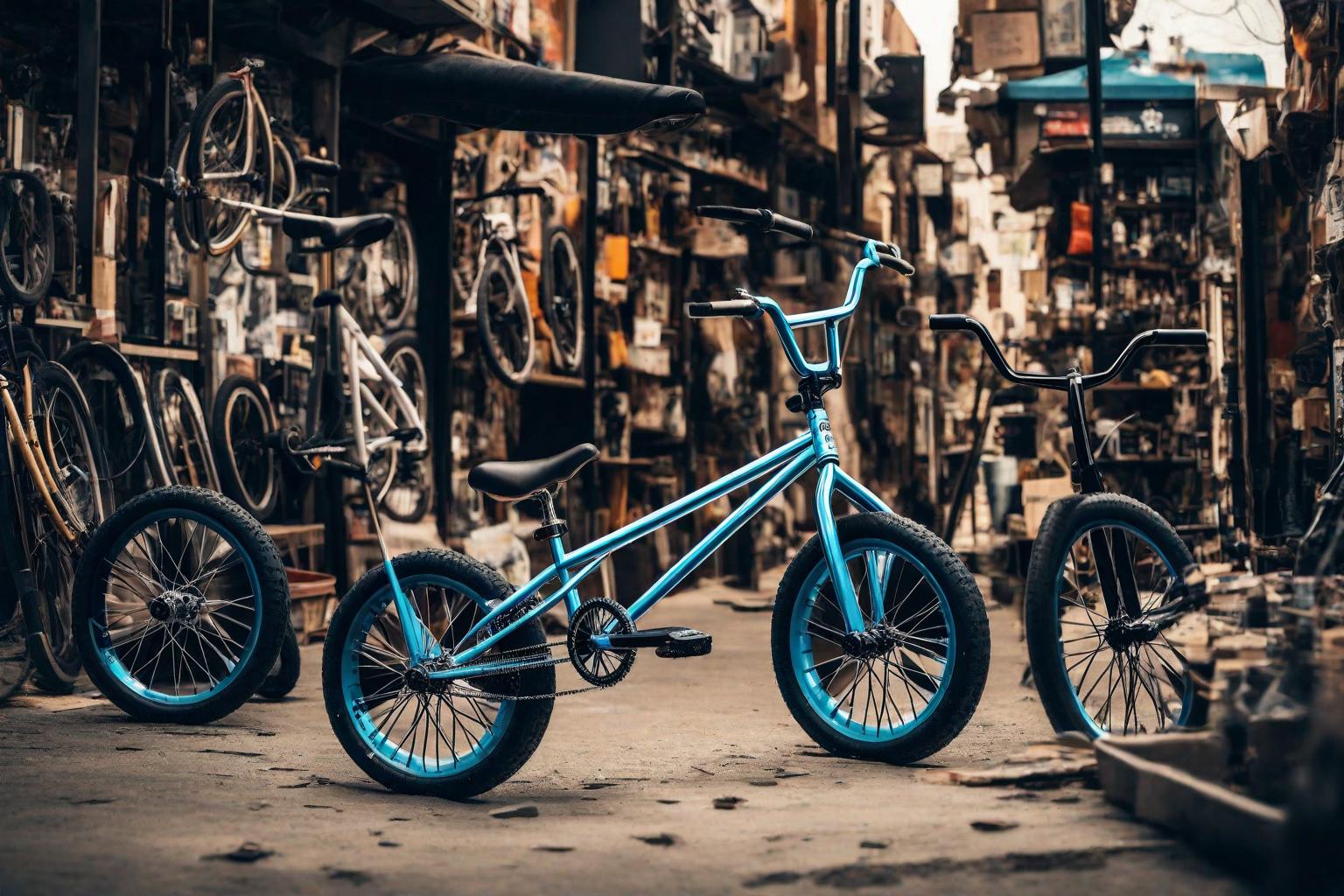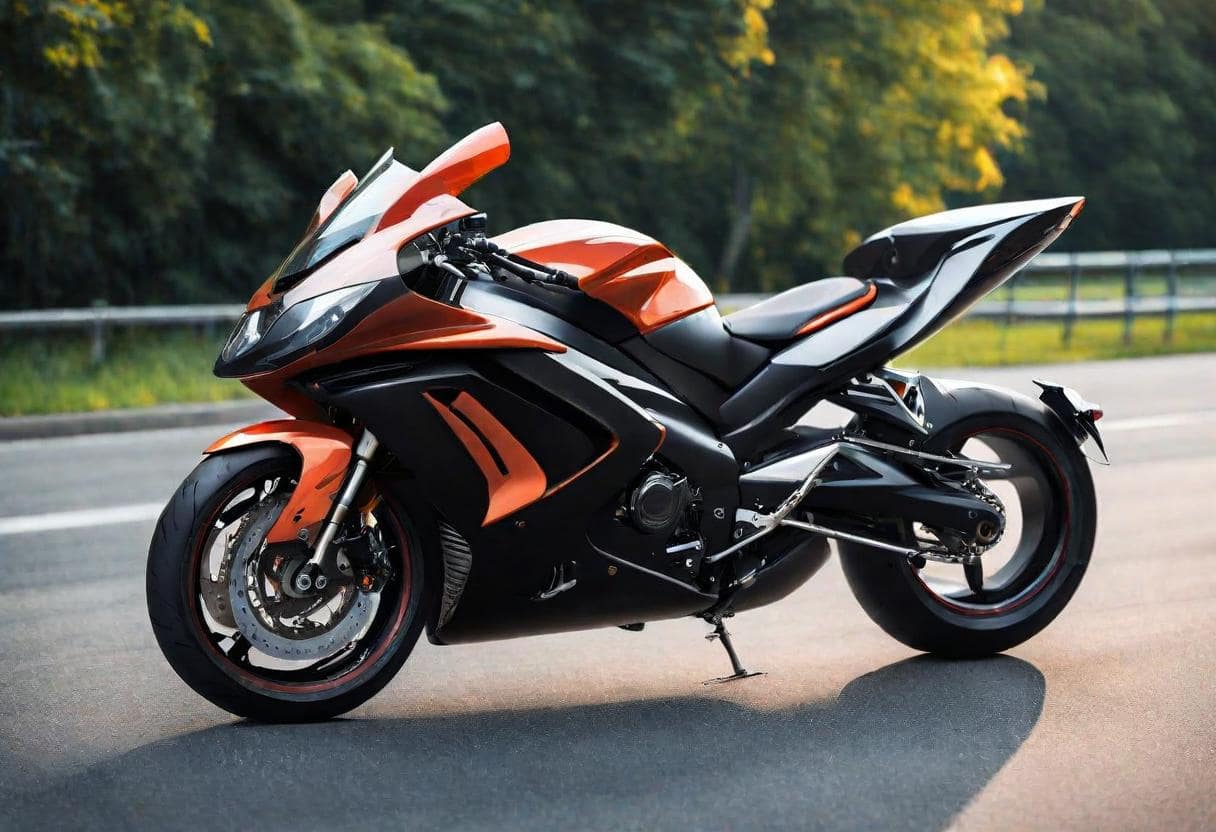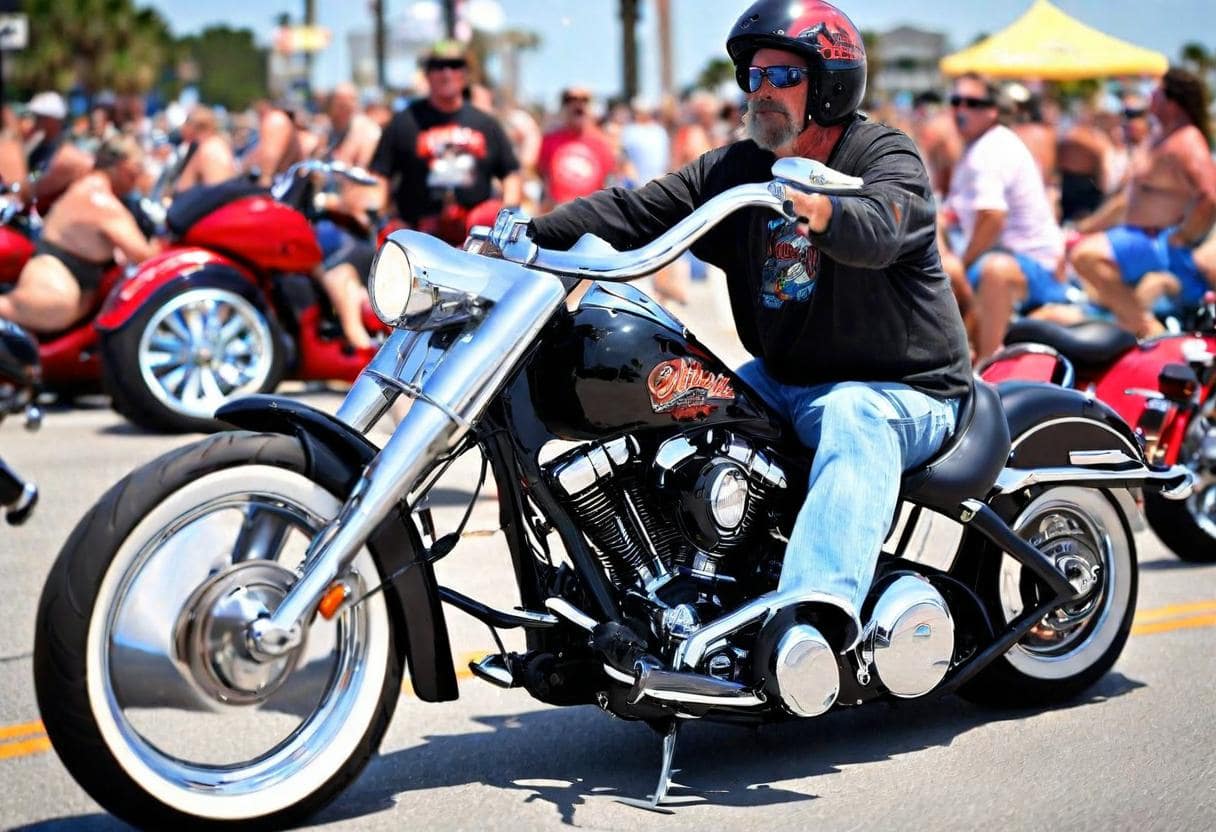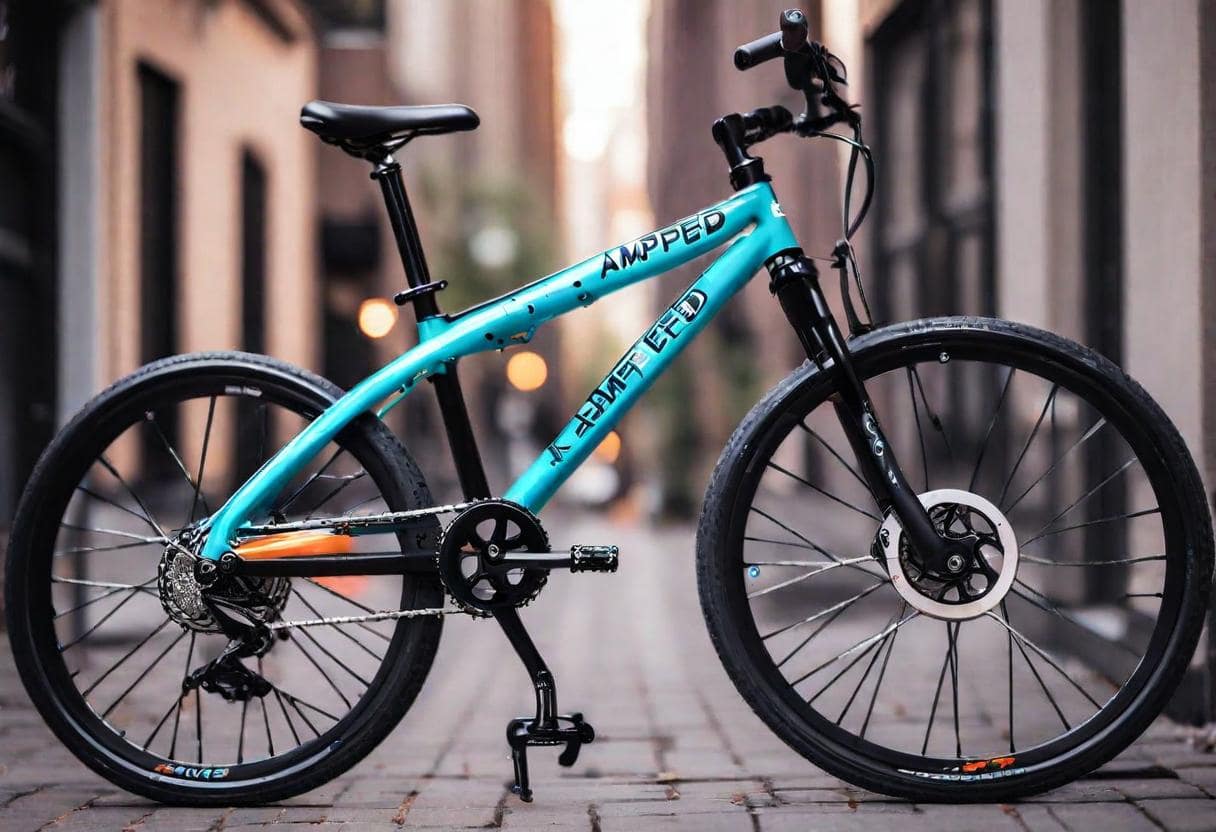If you’re an enthusiast of extreme sports or simply someone intrigued by the world of BMX biking, you might have pondered over a fundamental question: Do BMX bikes have brakes? It’s a query that unveils layers of history, innovation, and personal preference within the realm of BMX riding.
Understanding BMX Bikes
Before diving into the intricate details of brakes, let’s establish a foundational understanding of BMX bikes. Originally designed for off-road racing and stunt riding, BMX bikes have evolved into a diverse category encompassing various styles such as racing, freestyle, and dirt jumping.
What are BMX bikes?
BMX, short for Bicycle Motocross, refers to a type of bike specifically engineered for off-road and stunt riding. These bikes typically feature small frames, sturdy construction, and knobby tires suitable for maneuvering through rough terrain and executing tricks.
Types of BMX bikes
BMX bikes can be categorized into several subtypes, each tailored to specific riding disciplines:
- Race BMX: Designed for competitive racing on dirt tracks, race BMX bikes prioritize speed and agility.
- Freestyle BMX: Geared towards performing tricks and stunts in skate parks or urban environments, freestyle BMX bikes are more versatile in design.
- Dirt Jumping BMX: Optimized for launching off jumps and navigating dirt trails, dirt jumping BMX bikes are built to withstand rough landings.
The Importance of Brakes
Brakes serve as a crucial component of any bicycle, ensuring rider safety and control. In the context of BMX riding, the presence or absence of brakes can significantly impact performance and risk management.
Safety concerns
One of the primary arguments for equipping BMX bikes with brakes is safety. In high-speed environments or crowded skate parks, the ability to quickly decelerate can prevent collisions and mitigate injury.
Legal requirements
In certain jurisdictions, the law mandates the use of brakes on bicycles, including BMX bikes, when ridden on public roads or pathways. Adhering to these regulations not only avoids potential fines but also promotes responsible riding practices.
Do BMX Bikes Have Brakes?
The question of whether BMX bikes come with brakes lacks a definitive answer due to the diverse preferences within the BMX community and the evolution of bike design over time.
Historical context
In the early days of BMX riding, many bikes were manufactured without brakes, reflecting the racing-centric origins of the sport. Riders relied on techniques such as foot dragging or skidding to slow down or stop.
Modern variations
In contemporary BMX culture, the presence of brakes varies depending on the intended use of the bike and the rider’s personal preferences. While some BMX bikes are still produced without brakes, many models now come equipped with either rim brakes or disc brakes.
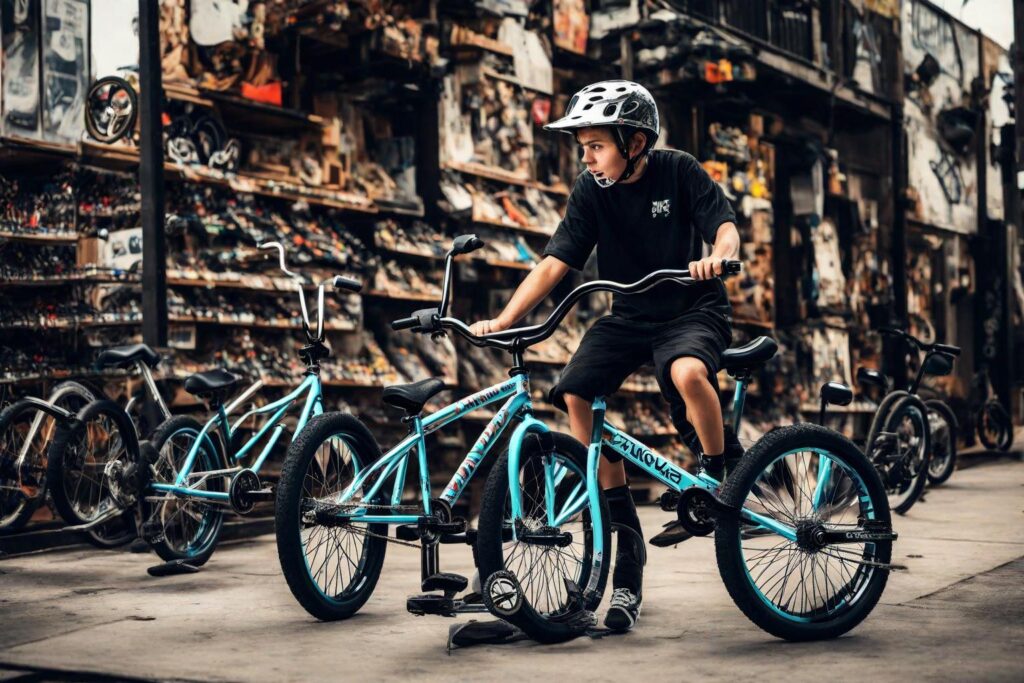
BMX Bikes without Brakes
Opting for a brakeless BMX bike is a decision that comes with both advantages and drawbacks, requiring careful consideration by riders.
Pros and cons
Pros:
- Enhanced maneuverability: Brakeless bikes offer a more streamlined and agile riding experience, ideal for executing intricate tricks and stunts.
- Simplified maintenance: Without brake components to adjust or replace, brakeless BMX bikes require less upkeep, potentially saving time and effort.
Cons:
- Safety concerns: Riding a brakeless BMX bike necessitates heightened awareness and skill to control speed and avoid obstacles effectively.
- Legal restrictions: In areas where brake requirements are enforced by law, riding a brakeless BMX bike may result in fines or legal repercussions.
Safety measures
For riders opting for brakeless BMX bikes, prioritizing safety is paramount. Strategies such as practicing proper braking techniques, wearing protective gear, and maintaining situational awareness can mitigate risks associated with riding without brakes.
Types of Brakes for BMX Bikes
For riders who prefer the added control and safety provided by brakes, several options are available, each with its own advantages and considerations.
Rim brakes
Rim brakes, including caliper brakes and V-brakes, exert pressure on the wheel’s rim to slow down or stop the bike. While lightweight and affordable, rim brakes may experience reduced effectiveness in wet or muddy conditions.
Disc brakes
Disc brakes, characterized by a rotor mounted on the wheel hub and calipers that clamp onto it, offer superior stopping power and consistency, particularly in adverse weather conditions. However, they tend to be heavier and more expensive than rim brakes.
Factors to Consider
When determining whether to equip a BMX bike with brakes, several factors should be taken into account to align with the rider’s preferences and intended riding style.
Riding style
The type of riding a BMX enthusiast engages in, whether it’s racing, freestyle, or dirt jumping, can influence the decision to use brakes. For example, racers may prioritize speed control, whereas freestyle riders may prioritize maneuverability.
Terrain
The surface conditions of the riding environment, such as smooth concrete or rugged dirt trails, can impact the effectiveness of brakes and the overall riding experience.
Personal preference
Ultimately, the choice to ride a BMX bike with or without brakes boils down to personal preference. Some riders enjoy the challenge and freedom of brakeless riding, while others prioritize safety and control.
Maintenance and Upkeep
Regardless of whether a BMX bike is equipped with brakes, regular maintenance is essential to ensure optimal performance and longevity.
Brake adjustment
For bikes equipped with brakes, periodic adjustments may be necessary to maintain proper alignment and responsiveness. This includes tasks such as adjusting cable tension and brake pad alignment.
Replacement parts
During use, brake parts can gradually wear out and need to be replaced. Staying vigilant for signs of wear, such as reduced braking performance or unusual noises, can help prevent accidents and prolong the lifespan of brake systems.
Safety Tips for Riding BMX Bikes
Whether riding with or without brakes, adhering to safety protocols is crucial to minimize the risk of accidents and injuries.
Proper braking techniques
For riders using brakes, mastering proper braking techniques, such as modulating pressure and anticipating stopping distances, can enhance safety and control.
Protective gear
Wearing appropriate protective gear, including helmets, knee pads, and gloves, can mitigate the impact of falls or collisions and reduce the risk of injury.
Common Myths Debunked
In discussions surrounding BMX bikes and brakes, several misconceptions often arise, which merit clarification.
Myth 1: Brakes slow you down
Contrary to popular belief, brakes serve as a tool for controlling speed and enhancing safety, rather than solely hindering performance.
Myth 2: Brakes are unnecessary for tricks
While some riders prefer brakeless bikes for performing tricks, brakes can provide additional control and confidence, particularly in complex maneuvers or high-risk scenarios.
The Future of BMX Brakes
As technology advances and the BMX community continues to innovate, the landscape of braking systems for BMX bikes is poised for evolution.
Innovations in braking systems
Manufacturers are constantly developing new brake designs and materials to enhance performance, durability, and aesthetics, catering to the diverse needs and preferences of riders.
Trends in BMX culture
The preferences and trends within the BMX community, influenced by factors such as competition formats, riding environments, and cultural influences, will continue to shape the evolution of braking technologies and practices.
Conclusion
In the dynamic world of BMX biking, the question of whether BMX bikes have brakes encapsulates a broader discourse on safety, innovation, and individuality. Whether riders opt for brakeless bikes to push the boundaries of skill and creativity or prioritize the added control and security provided by brakes, the essence of BMX riding lies in the freedom to express oneself through two wheels and endless possibilities.
FAQs
How do you brake on a BMX?
On a BMX bike equipped with brakes, riders typically use their hands to operate the brake lever. Pulling the brake lever applies pressure to the brake pads, which then make contact with the rim or disc of the wheel, slowing down or stopping the bike.
Is it illegal to ride a BMX without brakes UK?
In the UK, it is illegal to ride a bicycle on public roads without efficient brakes. Therefore, riding a BMX bike without brakes on public roads would likely be in violation of road traffic laws and could result in fines or penalties.
How do BMX riders stop without brakes?
BMX riders who choose to ride brakeless rely on alternative methods to slow down or stop their bikes. These methods may include dragging their feet along the ground, performing skid stops by locking up the rear wheel, or using obstacles to gradually reduce speed
Why do BMX bikes have U brakes?
BMX bikes equipped with U brakes, also known as caliper brakes, offer a compact and lightweight braking solution suitable for the demands of BMX riding. U brakes provide sufficient stopping power while allowing for greater clearance, enabling riders to perform tricks and maneuvers without interference from bulky brake systems.

